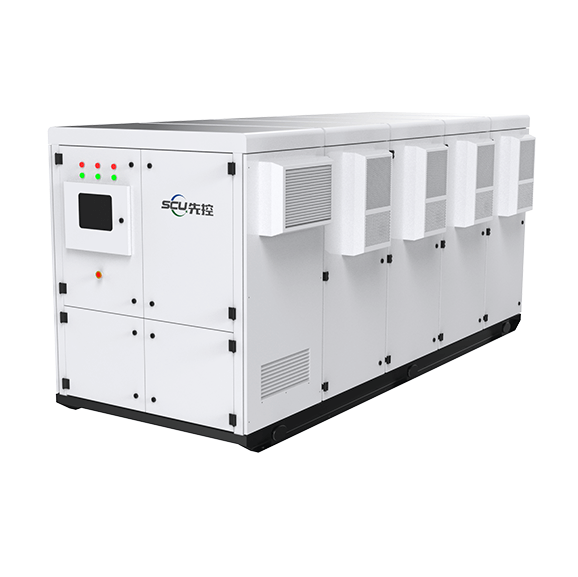Battery energy storage power station has become an important measure to solve the problems of peak shaving and valley filling, new energy consumption and frequency regulation in power system due to its short construction period and rapid response. In order to ensure the safety, reliability and cycling life of large battery energy storage power stations, it is necessary to study battery management system technology in depth.
Battery management system on the power supply of battery energy storage power station detects the number of BCUs
BAU detects the number of BCU positions when it is turned on. When all n sets of BCUs are in place, BAU allows full power charge and discharge. When the number of BCU positions is less than n sets, BAU runs at limited power according to the specific number of positions (BMS sends the maximum charge and discharge current to PCS/EMS). When there are fewer than the minimum number of support groups (setable by the upper computer), BAU does not position and can not charge or discharge.
Battery management system of battery energy storage power station detects total voltage difference on power-on
When BAU detects that it is in place, it judges the total voltage difference. When the voltage difference between the maximum total voltage and the minimum total voltage of the battery group of energy storage system battery is smaller than the maximum total voltage difference allowed by the battery group, BMS judges that all in-place battery groups have small voltage difference and meet the closing conditions of the relay, then closes all BCU main negative relays and enters the pre-charge and balance process. When BAU detects that the current total voltage difference is greater than the allowed value, BAU reports a large fault of total voltage difference, which requires manual intervention, including closing the fault group battery group, or enabling maintenance mode, and manually balancing the battery group.
Battery energy storage power station battery management system controls pre-charge on power-on
Before each relay closing, it is necessary to pre-charge the capacitor in the high-voltage system connected to the energy storage technology battery group. After the pre-charge process is judged to be completed, the relay can be closed. Otherwise, the relay may be damaged due to overcurrent and thermal release of the contact. When BAU controls pre-charge, it controls all BCUs first and closes pre-charge relays. When BCU detects that the pre-charge current, the voltage difference before and after pre-charge is less than a certain value, and the pre-charge time is greater than a certain value, BCU reports pre-charge completion. At this time, BAU detects that all pre-charge is completed, and controls the main positive relay to connect, and disconnects the pre-charge circuit.

Battery energy storage power station battery management system balance control
The capacity, internal resistance and voltage of the battery of energy storage technology cannot be completely uniform. The small internal performance differences between battery monomers will accumulate with charge and discharge, and will obviously result in defects such as deteriorating consistency of the battery system, deteriorating charge and discharge performance of the battery system, and greatly reducing the available capacity of the battery system. Balance control charges the batteries between the batteries according to the battery voltage, which can improve the consistency of the group of batteries, and alleviate the problem of deteriorating battery system performance caused by the short board effect of the battery. Balance control is divided into passive balance and active balance. Passive balance is a resistor energy consumption mode. A resistor is parallel to each single cell, and energy consumption balance consumes excess energy of the battery, realizing the voltage balance of the battery pack. Active balance is an energy transfer mode, which transfers the energy of the single cell with high energy to the one with low energy, or adds the energy of the whole group to the lowest battery. In the implementation process, an energy storage link is needed to redistribute the energy through this link.
Battery energy storage power station battery management system charge and discharge management
When the system is running, it monitors the voltage and battery pack temperature of each single battery in real time. According to the state evaluation of the battery energy storage system, the upper voltage value of charging, lower voltage value of discharging, maximum charging current and maximum discharging current that can be charged are determined and sent to PCS through messages. PCS carries out charging and discharging operations, and controls the charge and discharge current not to exceed the maximum value requested by BMS.
